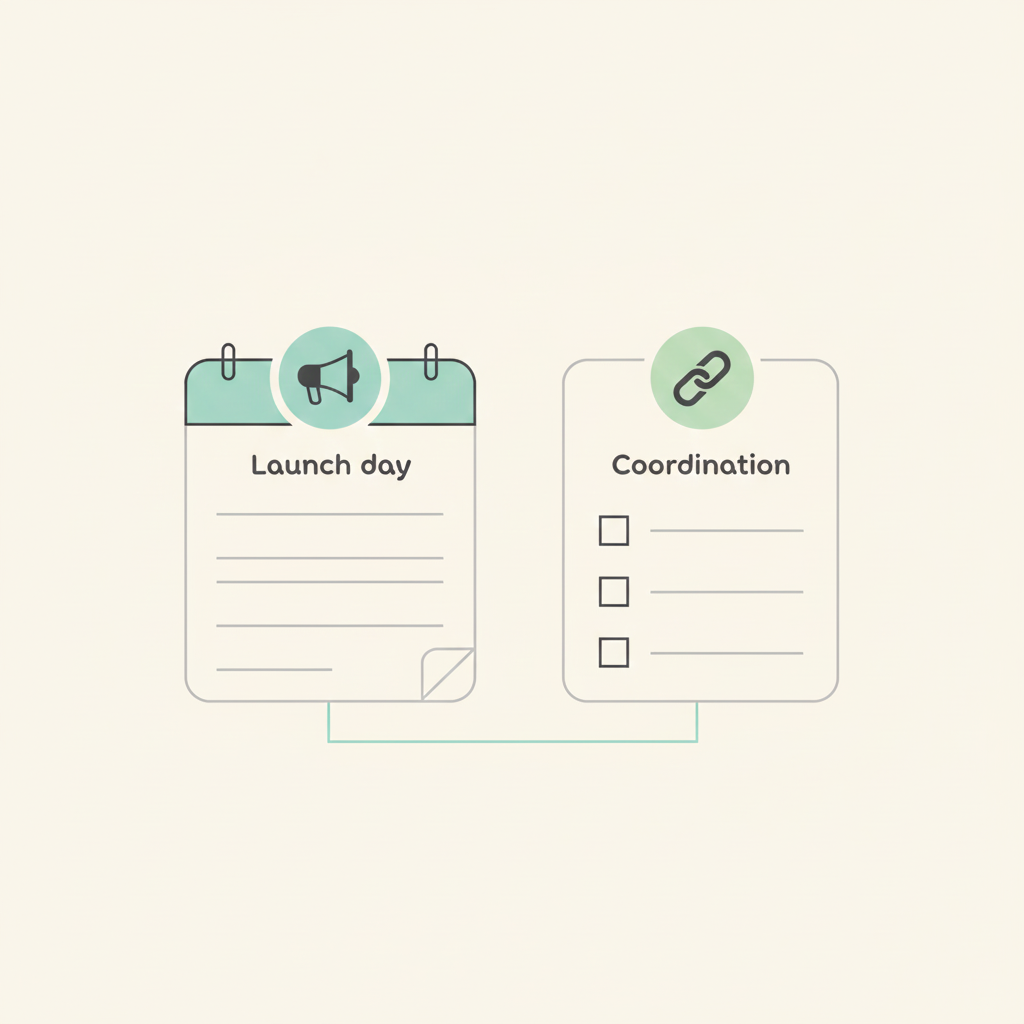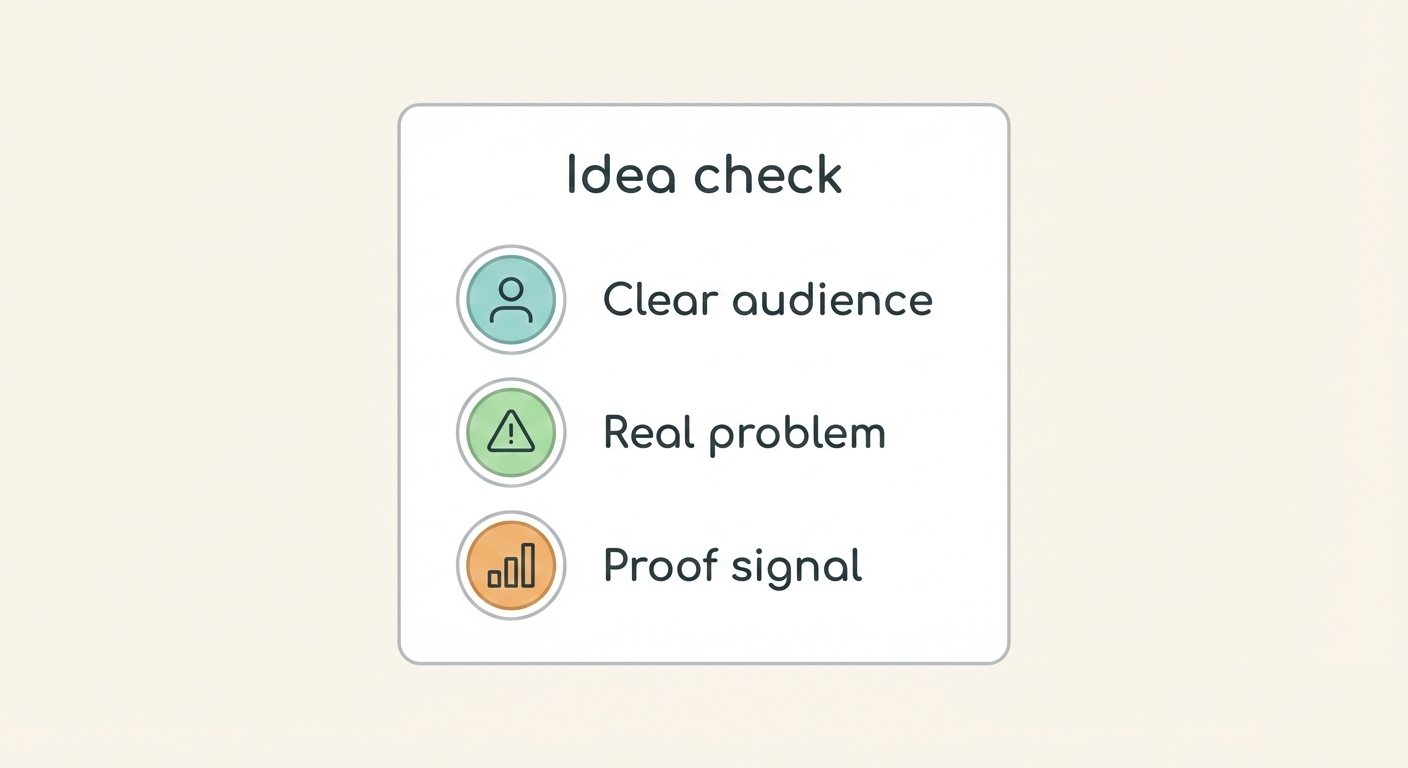8 Essential Productivity Hacks for Ambitious Entrepreneurs

Time is the most valuable resource for entrepreneurs and small business owners.
If you’re starting or managing your business, you probably wish there were 48 hours in a day. Unfortunately, 24 is what you have to make do with.
It’s not all so bleak, though!
With a few hacks, you’ll be improving your productivity while reducing the time it takes to complete your tasks.
Let’s take a look at 8 essential productivity hacks for ambitious business owners!
1. Setting Your Priorities as a Small Business Owner
We know what you’re going to say: everything is a priority when you’re a business owner.
Now, that may be true, but you physically can’t do everything in a day.
That’s why you have to prioritize properly.
Entrepreneurs, bigwigs and small business owners alike, swear by using one factor to define their priorities:
Is this task going to generate more revenue for my business?
For example, let’s say you had two tasks at hand. They’re equally urgent.
One of them is handling design work for an advertising campaign, and the other is scheduling a meeting with your accountant.
You can’t do both, so ask yourself which one will generate immediate revenue.
Chances are, it’s launching the advertising campaign and attracting more customers.
Similarly, Elon Musk swears by starting his morning by responding to critical emails first.He allots half an hour to the task, and it helps him shape his priorities for the day.
Estimate effort and assess value
The second prioritization trick is assessing effort needed to complete the task, and assessing the value of the task:
- If a task requires little effort and brings a lot of value, it’s a priority
- If a task requires a lot of effort but brings a lot of value, it’s a priority
- If a task requires a lot of effort but doesn’t bring value, put it on the backburner
2. Focus on the Best Ideas First
We’ve already talked about Steve Jobs and all the things entrepreneurs can learn from him.
However, when it comes to productivity, it’s good to follow his advice about focusing only on the best ideas.
Chances are, you have a lot of great ideas. All of them will bring some semblance of value to your business.
However, it’s impossible to develop them all.
If you try to do everything, you’ll end up rushing through your task list without paying full attention to each idea. You may end up not developing any ideas at all.
Instead, make a list and prioritize ideas according to value and urgency.
Don’t be afraid to cut ideas that won’t work in the long run
Jobs used to compile a list of hundreds of ideas. First, he’d cut those that seemed illogical.
After, he’d review the remaining ideas.
You can follow his process by looking at whether:
- The idea is easily achievable
- The idea will result in short-term success
- The idea will result in long-term success
To put it simply: you should ask yourself whether the idea brings the maximum possible amount of benefits to your business.
Then, when you’ve identified the best ideas (3-5), focus on validating and implementing them.
Make clear plans on how you’ll develop them in the shortest possible time.
Everything else has to go if you want to make sure you retain your sanity and your customers.
3. Streamline Your Processes with Tools

Often, business owners don’t want to invest in tools that could help them streamline their work and improve their productivity.
The number one obstacle is implementation.
If you’ve been running your business with one tool or one method so far, you may be reluctant to adopt new tools or methods.
Moving all your data and processes to a new tool can be a hassle.
However, investing in productivity tools pays off in the long term.
For example, if you’re working with employees or freelancers, a project management tool like Breeze is going to help you:
- Organize multiple projects
- Focus on individual tasks
- Collaborate with different team members
- Improve your productivity
- Improve your team’s productivity
- Measure your results and improve
To put it simply:Breeze gives you all the tools you need to improve your productivity immediately, and in the long run.
Your SMB toolbox
Other tools you should consider using are:
- Freshbooks for accounting
- Slack for day-to-day communication with freelancers or remote workers
- Zendesk for customer support
- Evernote for quick to-do lists that you can add to Breeze projects
- Toggl for time tracking
- Google Drive for file storage
And the best part is: all of these tools integrate perfectly withBreeze. You can manage everything from a single dashboard.
4. The Power of Pen and Paper
While we’re firmly in the camp of getting tools to help you improve your productivity, it’s impossible to ignore the power of pen and paper.
Numerous entrepreneurs swear by it; when you can see your priorities in front of you, you’ll be able to perceive them as tangible.
While you should absolutely add your duties to your digital calendar, having a physical planner on hand can be a great productivity asset.
Start off simple with to-do lists. If you’re planning out big ideas, jot them down on paper.
You can even draw mind maps – they’re particularly useful when you’re handling a lot of moving parts.
Define your critical path
Mind maps can also help you define the critical path.
A concept adopted from project management, the critical path method is a way of sequencing different tasks.
It determines the shortest time possible to finish the tasks, projects, or activities.
 >
>
This simple example is great at illustrating what CPM (critical path method) is.
When you list all of your tasks and activities, you can find ones you can complete simultaneously, and you’ll also define task dependencies.
So, for example, instead of waiting for eggs to poach and then starting your work on the tea, you’ll know you can start brewing the tea while waiting for your eggs.
You’ll be saving a lot of time.
Now, you could technically do this with online tools, but if you truly want to visualize your progress and your path, it’s best to draw it on paper.
Plus, writing by hand keeps your brain fresh and productive.
5. Say No (More than You Say Yes)
When you’re a business owner, the pressure to do everything and take up every opportunity is real.
However, you also have to understand that your time is precious.
You can’t waste it.
For example, let’s say you have a lot of potential clients who want to meet in person from the get go. Attend a few meetings and your day will be gone.
If you can address their questions by phone or email, avoid meetings.
Redirect your potential clients to your materials, and handle the introductory phase by phone. Then, when they’re ready to make a decision, meet with them.
Similarly, don’t be afraid of missing out on opportunities.
Not every opportunity is made for you, your business, and your current developmental stage.
The power of saying no ties in directly with what Steve Jobs said.
You can’t focus on every idea that lands on your table or pops up in your head. As a business owner, you have to focus on the best ones.
The same goes for the tasks that make it to your to-do list. They have to be important.
How to say no as a business owner
First of all, establish boundaries. Make it clear what you will do, and what you will not do. Then honor your boundaries, unless something is truly urgent.
Give yourself time to think it over. Sometimes, a potential opportunity will pop up, and you’ll want to say yes immediately. Say “Let me check my calendar” instead. Give yourself time to think it through and decide if it’s an opportunity or just a distraction.
Explain your “No” (when appropriate). If you don’t have the means of performing a certain task, or you’re working with specific constraints, explain your no to your clients. This way, you’ll preserve the relationship while still honoring your priorities.
6. Purpose & Compromise Can Improve or Impair Your Productivity
When the ball starts rolling, you may find yourself going through the motions and performing tasks because they need to be performed.
When you catch yourself doing that, stop.
Think about the purpose of every task you plan on completing.
When you’re making your to-do lists, be careful of tasks that may seem necessary for you to complete, but are really simple to delegate to other team members.
An easy way to make sure you’re focusing on important tasks and improving your productivity is to write down the purpose of everything you plan on doing:
Responding to support tickets… Retaining customers.
Meeting with the accountant… Improving your credit.
Calling back a supplier who didn’t leave a message… ?
Finally, ask yourself two important questions:
- What am I going to accomplish with this task/activity?
- Am I required? [Yes – add it to your to-do list. No – delegate it.]
When you know the purpose of every task, it’ll be much easier to define priorities. Plus, you’ll avoid distractions.
Similarly, if you know you’re not the only person who can perform this task, you’ll be able to delegate it and improve the collaboration on your team.
Compromise? Yes, but…
Some entrepreneurs say that compromise is the key to success, but we beg to differ.
Compromise is only useful when it’s smart.
Compromise in terms of crossing your boundaries for tasks that just aren’t worth it isn’t going to help you succeed in the long term.
However, compromise in terms of accepting others’ suggestions is a great way to explore ideas from different points of view.
7. Time Blocking

Multi-tasking is a productivity killer.
Every time you lose focus, you’ll need around 20 minutes to get it back. So instead of doing ten things at once, use time-blocking techniques.
Allocate a certain portion of time to each task on your list, and work on it without pausing. Then, when you’ve completed it, take a break, and focus on the next task on your list.
Completing your work in short bursts will help you completely focus on the tasks at hand.
You can also use the Pomodoro technique, which breaks down your workday into 25-minute increments with 5-minute breaks between tasks.
Hack your productivity with psychology
In addition to technical productivity hacks, you can also use a few psychological ones to stay motivated and productive:
- Start your day by completing simple tasks. They’ll be your quick wins that will fuel your intrinsic motivation so you can keep going and handle complicated tasks.
- Complete most important things first. You only get so much motivation in one day so make sure you complete those urgent tasks before you keep going.
- Use music to get yourself in a good mood. If you’re feeling happy and productive, you will be happy and productive. Put on a playlist that makes you feel on top of the world, and you’ll see how easy it becomes to complete even the most complex tasks.
8. Fulfilling Downtime
Finally, if you want to be productive, you need to get rest, as well.
Now, you do need your eight hours of sleep, but it’s even more important to carefully select what you’ll consume throughout the day:
- What literature will you read?
- What kind of TV will you watch?
- How will you spend your down time?
Numerous entrepreneurs swear by exercise as the ultimate way to relax.
This is mainly because it’s completely different to what you normally do as a business owner.
Exercise can help you stop thinking about work-related things and focus on your body, giving your mind the break it needs.
Similarly, make sure you consume content that inspires you.
Avoid watching violent shows or reality TV, and instead pick up a book that reminds you of the goals you want to achieve.
Productivity?
Hacked.
Let’s get those tasks done!








